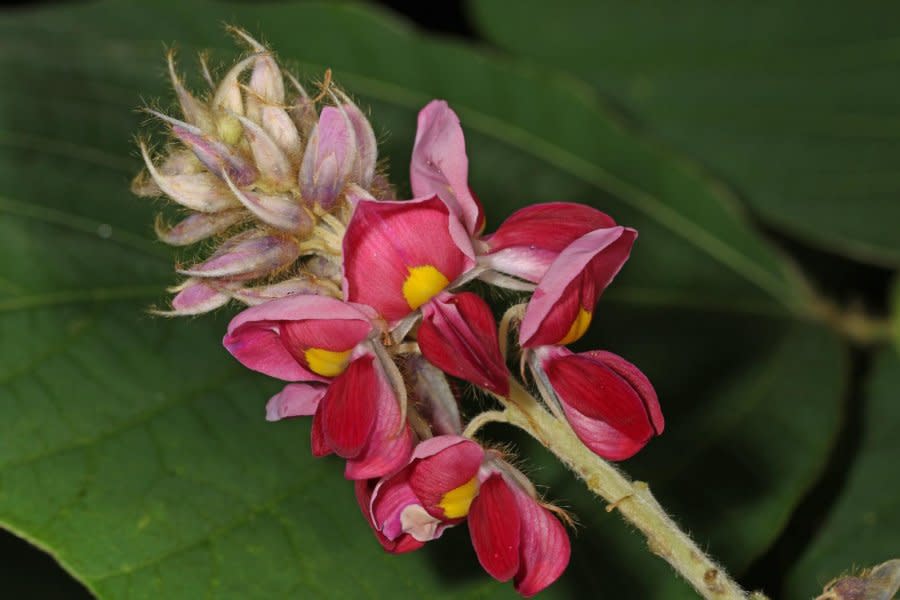USDA, Smithsonian museum team up to battle invasive plants

Dec. 27 (UPI) -- In a move to root out invasive plant species, the U.S. Department of Agriculture and Smithsonian Museum of Natural History in Washington, D.C., have teamed up to educate the public, raise awareness and boost scientific collaborations.
Native and non-native Invasive plant species are thriving across the United States, with researchers leaning on a mix of mechanical, biological and chemical mitigation strategies.
When invasive species come in, they crowd out native plants, which leads to monoculture, threatening an ecosystem's checks and balances.
On Wednesday, the USDA and the natural history museum signed a memorandum of understanding, which expands the their relationship in "exotic insect, seed, and plant identification, agricultural quarantine inspection, entomological and botanical curation."
According to the U.S. Forest Service, an estimated 5,000 nonnative plant species have been introduced and established and currently exist across America.
In a USDA statement, Matthew Rhoads, associate deputy administrator for APHIS' Plant Protection and Quarantine, said the two groups hope to "ensure accurate and timely pest species identification, which supports a strong agricultural economy and protects our natural resources."
The move comes several months after the USDA asked the public for their help rooting out invasive plants.
In November, West Virginia University researcher Yong-Lak Park, announced he was working on a "bug bomb" to deal with invasive plants with help from a $200,000 grant from the Forest Service.
Recently, University of Cincinnati botanist Denis Conover and his students examined the impact that nonnative, invasive plants are having on forests in the area. The study, published in December, found that plants at arboretums and public gardens inadvertently can seed wild areas with nonnative plants.
According to James Gagliardi, a horticulturist with Smithsonian Gardens, not all non-native plants are bad, but plants with the highest invasive potential are prolific seeders and vigorous growers which have the ability to adapt well to a variety of conditions.
In a post, he highlighted the six the most prolific plant invaders in the United States, including Purple loosestrife (Lythrum salicaria), Japanese honeysuckle, Japanese barberry (Berberis thunbergii), Norway maple (Acer platanoides), kudzu (Pueraria montana var. lobata) and English ivy, whose invasion dates to the early 1700s when European colonists imported the plant as an easy-to-grow evergreen groundcover.
Nonnative plant can hitchhike in untreated firewood, attach themselves to cars, boats and other outdoor surfaces, or take a ride in the mail. They can travel to new areas on agricultural material such as soil, seeds, homegrown produce and plants.

 Yahoo News
Yahoo News 
